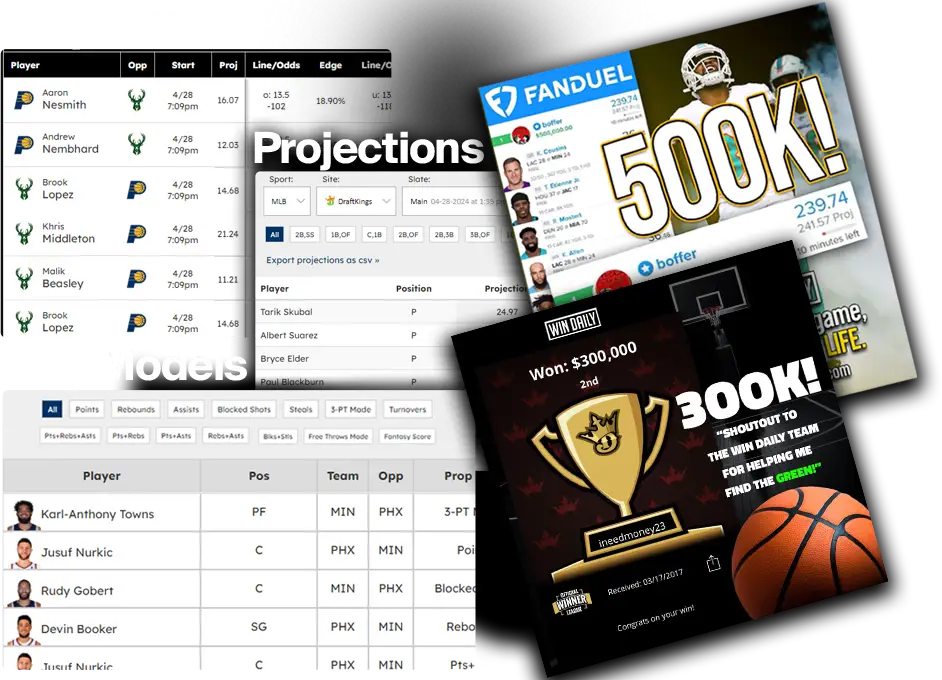How to Analyze NFL Team Matchups for Betting
Analyzing NFL team matchups is crucial for making informed betting decisions. By understanding key factors and comparing them, you can identify potential advantages and increase your chances of success. This guide will walk you through the process of analyzing NFL team matchups for betting.
Key Factors to Consider in Team Matchup Analysis
- Team Offense and Defense
- Quarterback Performance
- Running Game
- Receiving Corps
- Offensive Line
- Defensive Front Seven
- Secondary
- Special Teams
- Coaching and Strategy
- Injuries and Depth
- Home Field Advantage
- Weather Conditions
1. Team Offense and Defense
What to Analyze: Compare the overall offensive and defensive rankings of both teams.
Tips:
- Yards Per Game: Look at the average yards gained and allowed per game.
- Points Per Game: Compare the points scored and conceded.
- Efficiency Metrics: Use metrics like DVOA (Defense-adjusted Value Over Average) to assess efficiency.
Example: If Team A has a top-ranked offense but is facing a top-ranked defense from Team B, it could be a balanced matchup.
2. Quarterback Performance
What to Analyze: Evaluate the performance of each team’s quarterback.
Tips:
- Passing Yards: Check the average passing yards per game.
- Completion Percentage: Assess the quarterback’s accuracy.
- Touchdowns vs. Interceptions: Look at the touchdown-to-interception ratio.
- Quarterback Rating: Consider the overall quarterback rating (QBR).
Example: A quarterback with a high QBR and low interception rate is likely to perform well against weaker defenses.
3. Running Game
What to Analyze: Assess the effectiveness of each team’s running game.
Tips:
- Rushing Yards: Compare the average rushing yards per game.
- Yards Per Carry: Look at the efficiency of the running backs.
- Red Zone Performance: Evaluate how often the team converts red zone opportunities into touchdowns.
Example: A team with a strong running game can control the clock and wear down the opposing defense.
4. Receiving Corps
What to Analyze: Evaluate the strength and depth of the wide receivers and tight ends.
Tips:
- Receiving Yards: Check the average receiving yards per game.
- Targets and Receptions: Look at the number of targets and receptions.
- Yards After Catch (YAC): Consider the ability to gain extra yards after the catch.
Example: A team with multiple reliable receiving options is harder to defend against.
5. Offensive Line
What to Analyze: Assess the performance of the offensive line in protecting the quarterback and supporting the run game.
Tips:
- Sacks Allowed: Look at the number of sacks the offensive line has allowed.
- Run Blocking: Evaluate the effectiveness of the line in creating running lanes.
- Penalties: Consider the number of penalties committed by the offensive line.
Example: A strong offensive line can give the quarterback more time to make plays and open up the run game.
6. Defensive Front Seven
What to Analyze: Evaluate the performance of the defensive line and linebackers.
Tips:
- Sacks and Pressures: Check the number of sacks and quarterback pressures.
- Run Defense: Assess the average rushing yards allowed per game.
- Tackles for Loss: Consider the ability to disrupt plays in the backfield.
Example: A dominant front seven can control the line of scrimmage and pressure the quarterback into making mistakes.
7. Secondary
What to Analyze: Assess the performance of the defensive backs in coverage.
Tips:
- Pass Yards Allowed: Look at the average passing yards allowed per game.
- Interceptions: Check the number of interceptions made by the secondary.
- Pass Breakups: Consider the ability to defend passes.
Example: A secondary that allows few passing yards and makes frequent interceptions can be crucial against a strong passing offense.
8. Special Teams
What to Analyze: Evaluate the performance of special teams units, including kickers, punters, and returners.
Tips:
- Field Goal Accuracy: Check the kicker’s field goal percentage.
- Punting: Look at the average punt distance and net yards.
- Return Yards: Assess the effectiveness of kick and punt return units.
Example: Strong special teams can provide valuable field position and contribute points.
9. Coaching and Strategy
What to Analyze: Consider the impact of coaching and strategic decisions.
Tips:
- Coaching Record: Look at the head coach’s win/loss record and experience.
- Game Management: Evaluate decisions on fourth downs, clock management, and play-calling tendencies.
- Adjustments: Consider the ability to make in-game adjustments.
Example: A well-coached team is likely to be better prepared and make effective adjustments during the game.
10. Injuries and Depth
What to Analyze: Assess the impact of injuries and the depth of each team.
Tips:
- Injury Reports: Stay updated on key injuries and expected return dates.
- Depth Charts: Evaluate the quality of backup players.
Example: A team with significant injuries to key players might struggle, especially if their depth is lacking.
11. Home Field Advantage
What to Analyze: Consider the impact of playing at home versus on the road.
Tips:
- Home/Away Record: Compare the team’s performance at home and away.
- Crowd Impact: Consider the effect of the home crowd on the game’s atmosphere.
Example: Teams often perform better at home due to familiarity with the environment and fan support.
12. Weather Conditions
What to Analyze: Evaluate how weather conditions might impact the game.
Tips:
- Forecast: Check the weather forecast for game day.
- Impact on Play: Consider how rain, snow, wind, and temperature might affect passing, kicking, and overall play.
Example: Windy conditions can make passing and kicking more difficult, favoring teams with strong running games.
Practical Steps for Analyzing Matchups
- Gather Data: Use reliable sources to gather data on the key factors listed above.
- Compare Teams: Compare the strengths and weaknesses of both teams in each factor.
- Look for Mismatches: Identify areas where one team has a significant advantage over the other.
- Consider Context: Take into account the broader context, including recent performance, motivation, and situational factors.
- Make Informed Bets: Use your analysis to make informed betting decisions, considering the odds and potential value.
Conclusion
Analyzing NFL team matchups involves a comprehensive assessment of various factors, including team offense and defense, quarterback performance, running game, receiving corps, offensive line, defensive front seven, secondary, special teams, coaching, injuries, home field advantage, and weather conditions. By carefully evaluating these elements and comparing the teams, you can make more informed betting decisions and improve your chances of success. Happy betting!






